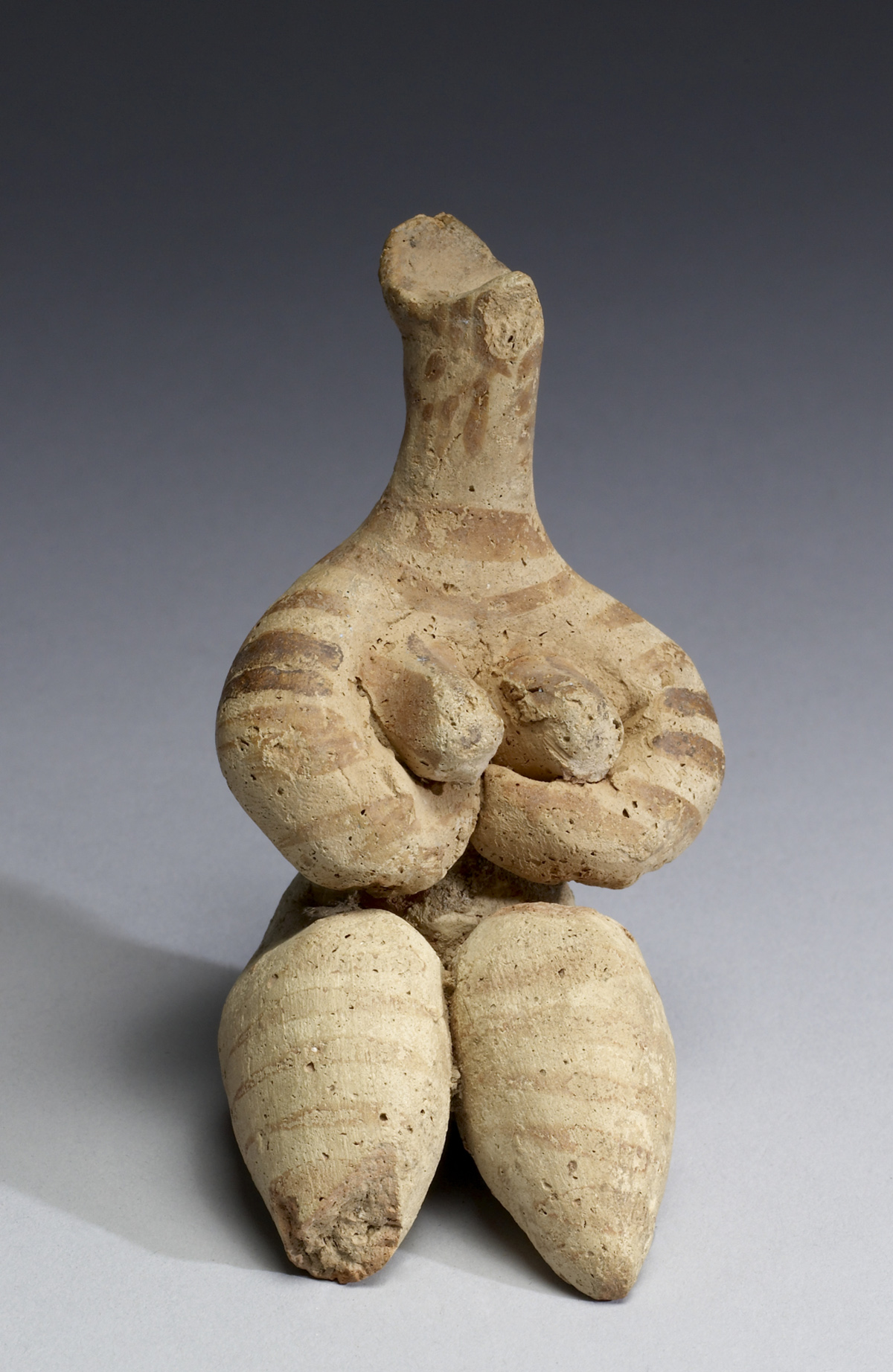
Fertility is defined as a natural capability of giving life. Both men and women are having their own fertility potential, which depends on numerous factors such as culture, lifestyle, nutrition, hormones and, of course, sexual behavior. Hormones are probably the most responsible for both male and female fertility. In women, hormones can determine when is she capable of achieving pregnancy, while in males, hormones determine when is a man most virile and what is the quality of his sperm. Moreover, age seems to play a significant role for both genders.
Female fertility
Women are fertile during their reproductive years. In most women, reproductive years are starting in puberty, around the age of 15, and ending with the menopause, in their mid 40’s. Even though a woman reaches a peak in fertility between the ages of 22 to 26, she can become pregnant at any given point during these reproductive years. However, chances to achieve pregnancy may dramatically vary depending on the phase of the menstrual cycle. Women are most fertile a couple of days before and after the ovulation, which typically occurs in the middle of the menstrual cycle.
Ovulation
As already mentioned, a woman can technically become pregnant at any given point during her reproductive years. However, her chances of achieving a pregnancy may dramatically vary during her menstrual cycle. Ovulation typically happens in the mid of the cycle, and it is a process in which ovaries release eggs that are capable of being fertilized. An egg can be fertilized for up to 48 hours after it is released from the ovary, and male sperm survives in the uterus for up to 72 hours. Therefore, Peak in fertility happens two days before and two days after the ovulation date. It is extremely hard to determine exact data of ovulation since it largely varies from woman to woman, and even between cycles for the same woman. However, women can track down their ovulation, and increase chances of getting pregnant, by charting their menstrual cycle, measuring their basal body temperature and monitoring the changes in the cervical mucus.
Fertility by age
According to the official statistics, women who are postponing pregnancy are actually increasing their risks of fertility problems. It is estimated that at age of 30, only 75% of women will get pregnant within one year, and 91% of them will achieve pregnancy within four years. Only five years later, 66% will get pregnant within one year, and 84% within four years. After the age of 40, fertility rates are even lower, which means that only 44% will get pregnant within one year, and 64% within four years.





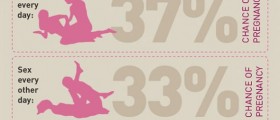
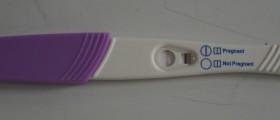
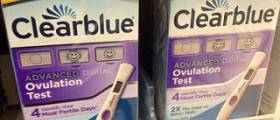

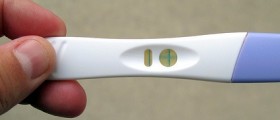







Your thoughts on this
Loading...